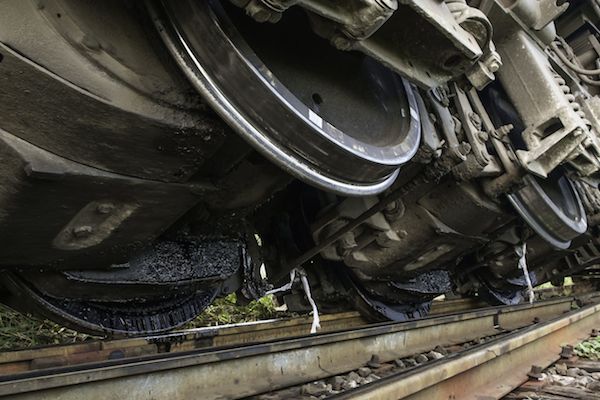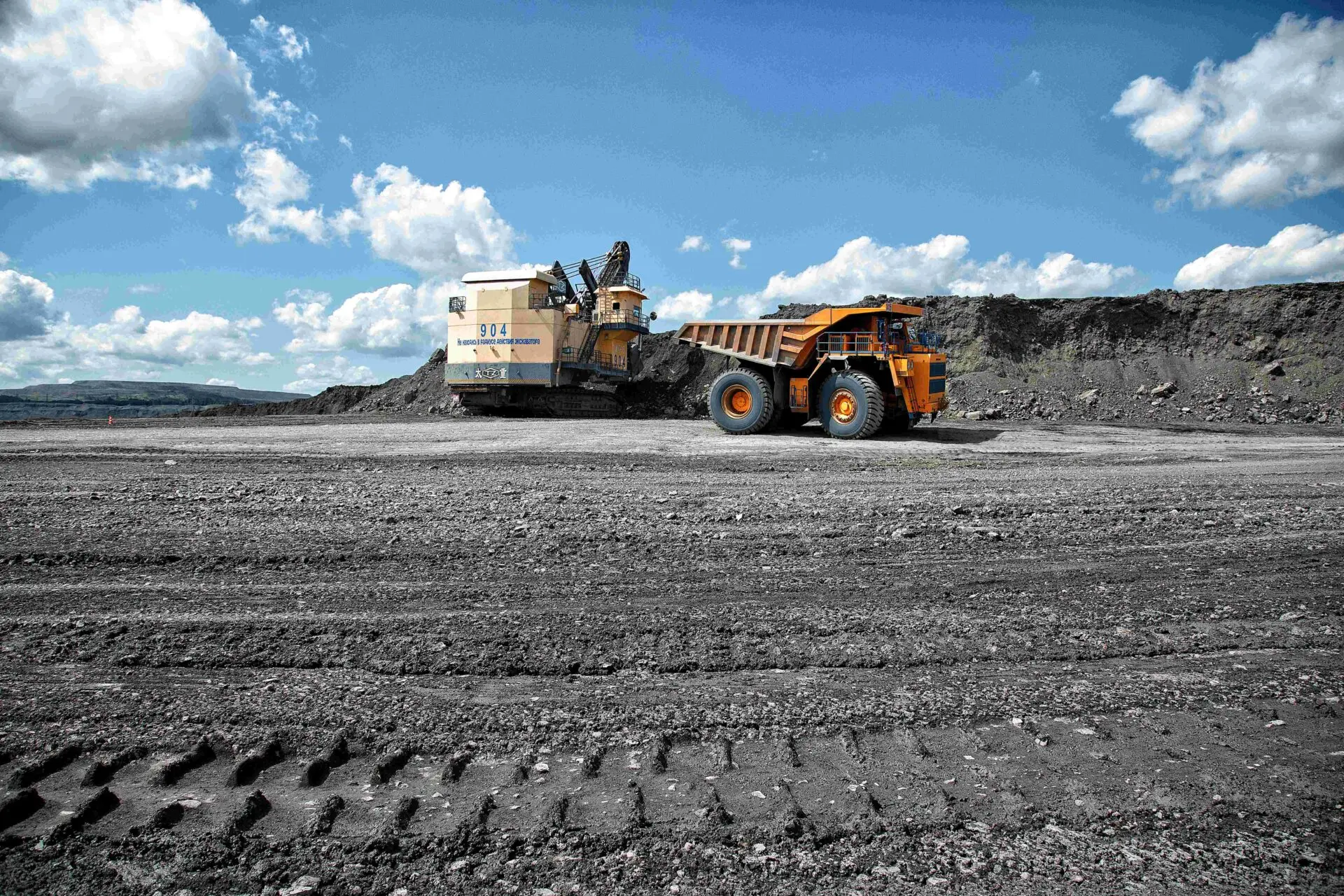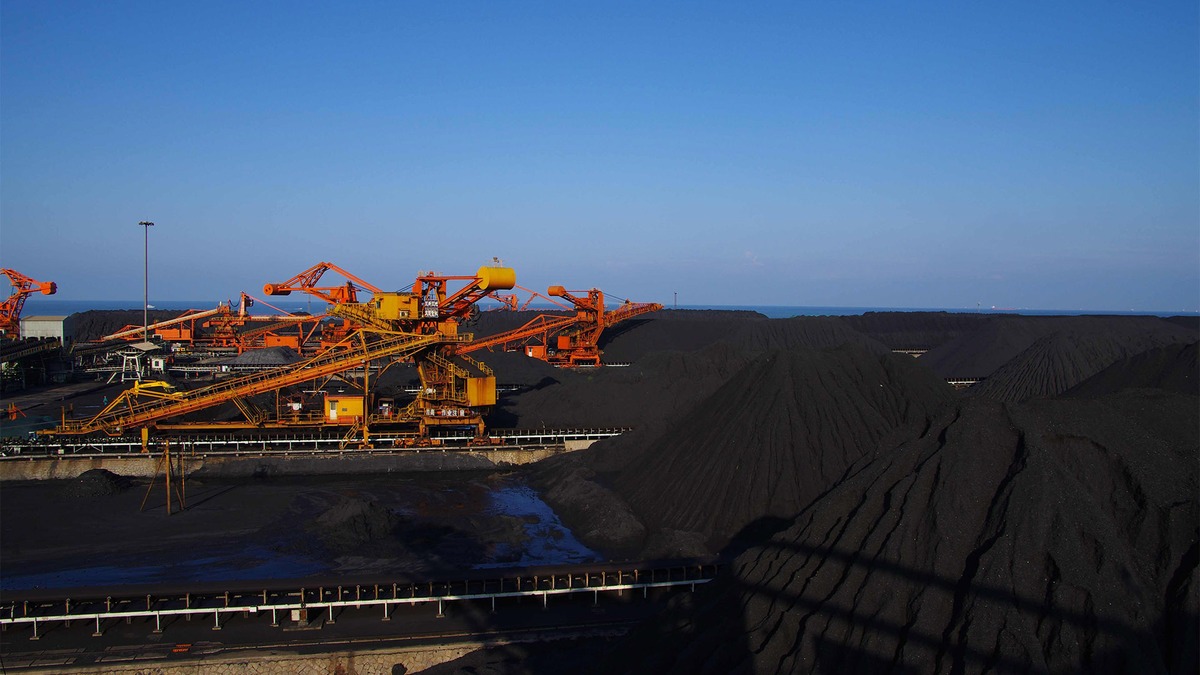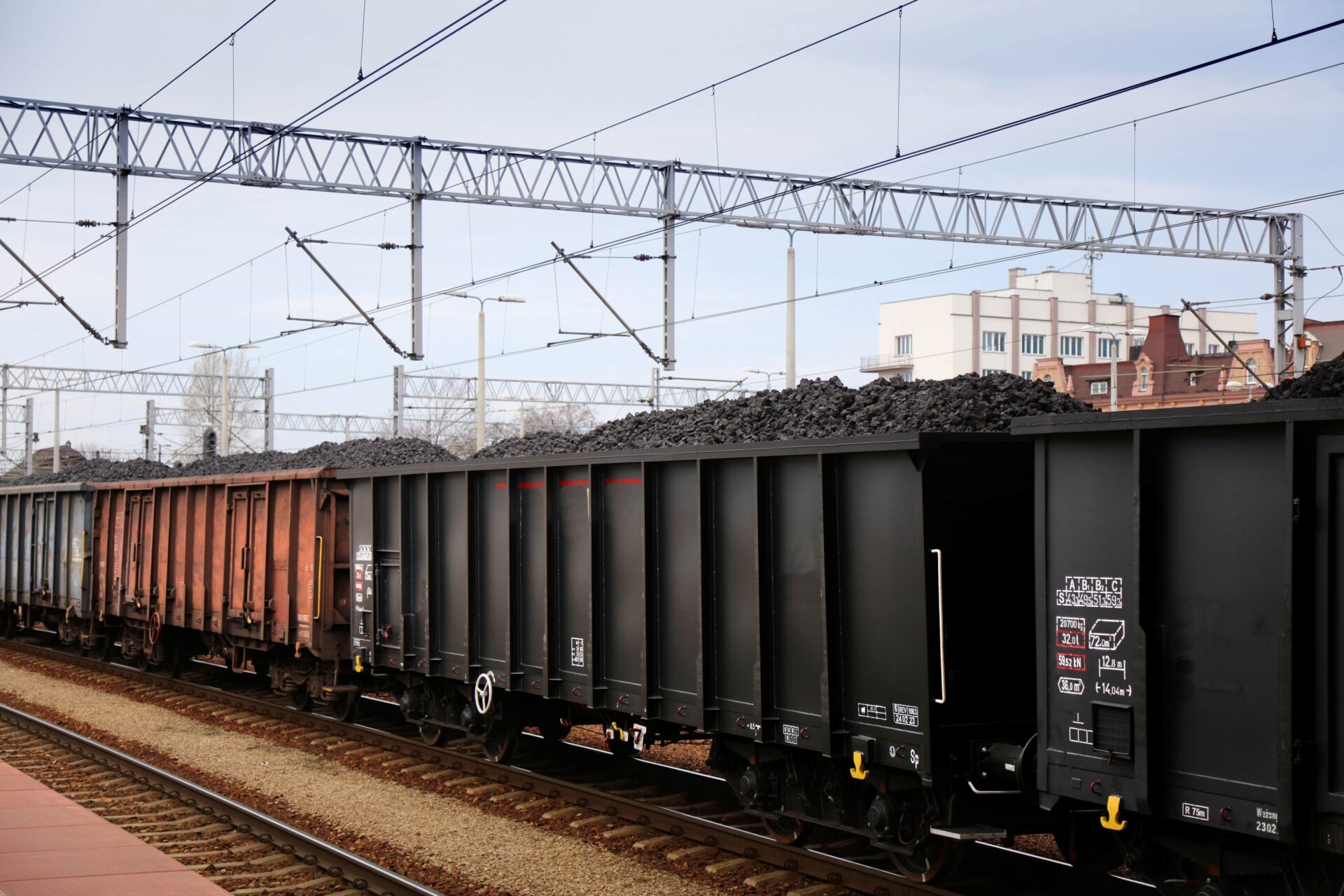

Germany has the largest coal power generation fleet in Europe and is now seeking to boost utilization, prioritizing near-term energy security over longer-term environmental targets.
The country had a total of 46.7 gigawatts (GW) of installed coal power generation capacity in 2020, all of which was planned to be gradually decommissioned by 2038 to meet greenhouse gas emissions targets.
Capacity was expected to drop to 36.1 GW already this year with the closure of at least 24 units.
These plans have now been reversed, and the government is trying to extend the life of 10 GW of mothballed coal capacity until March 2024.
Of the plants being shut down between 2020 and 2022, around 20% burned lignite (brown coal which is mined in Germany) and the remaining 80% used hard coal, which is imported.
A life extension of these plants is therefore likely to result in Germany needing to import more coal. Assuming an average load factor of 60%, these plants could generate 26.3 terawatt-hours (TWh) of electricity for the remainder of this year, equivalent to 9% of the country’s total generation.
Additionally, 4 GW of German solar PV and wind capacity due to start up before the end of the year could add another 2 TWh of electricity generation.
The extra coal, solar and wind generation could together replace 5 Bcm-worth of gas-fired power generation, equivalent to one-quarter of the gas normally consumed by Germany’s power sector.
With the international seaborne thermal coal market already incredibly tight, the prospect of additional demand from German coal-power restarts is certain to push imported coal prices beyond their current super-high levels.
The main traded thermal coal benchmark (API2 specification 6,000 kilocalories per kilogram of coal delivered into Amsterdam-Rotterdam-Antwerp) is currently trading at around $377 per tonne, up almost $250 per tonne since the beginning of the year. German power utilities have been accustomed to burning a coal blend dominated by Russian coal with high calorific value and low in sulfur. European power plants will commonly blend high-sulfur US coal from the Illinois or Appalachian basins with low-sulfur Russian coal from the Kuznetsk Basin (Kussbass).
This means that a switch from Russian coal is limited by the type of coal suited for individual plant boiler specifications.
The main preferred suppliers of high-energy, low-sulfur coal are producers in South Africa, Colombia and Australia.
South African thermal coal exports into Europe have taken off this year, but there are significant obstacles in lifting supply further. The vast majority of South African exports are shipped from the Richards Bay Coal Terminal, which is struggling to operate anywhere near its capacity due to delivery problems with the rail transport system run by state operator Transnet.
Poor maintenance, a lack of spare parts for trains, copper cable theft and vandalism have impacted rail delivery so badly that producers are even turning to road trucking up to 90 kilometers, at a cost four times the normal rail transport costs.
Richards Bay free on board (FOB) coal prices (API4 specification) are now more than double what they were a year ago, but thermal coal export tonnages have only increased by around 8%.
Colombian coal exports are limited by mine production constraints, while Australian coal is often deemed too expensive and is essentially spoken for, which means there is very little international coal available for prompt delivery.
One thing is certain: German coal-fired power generators are going to have to pay dearly for additional purchases.
A potential relaxation of emission limits could allow generators to broaden their supply options with more US coal, but that is up to the German government to decide.
Source: Rystad Energy













